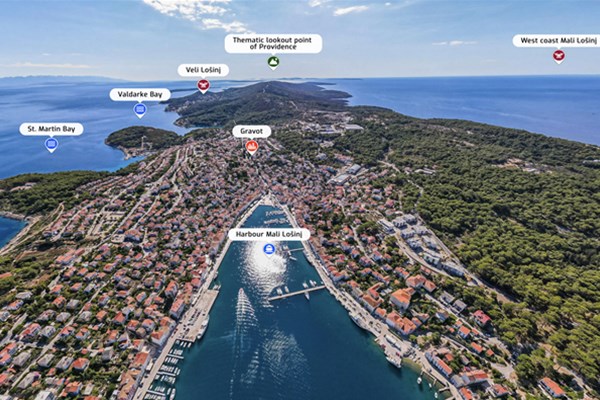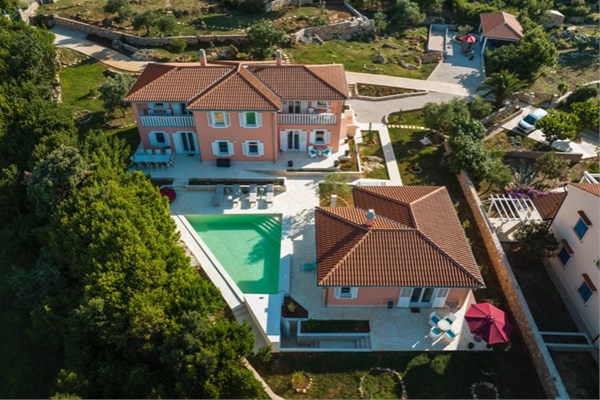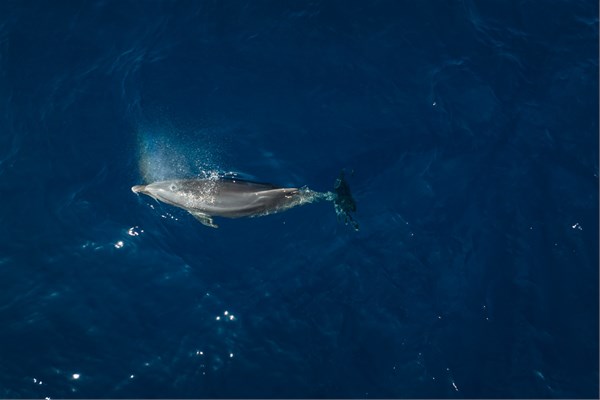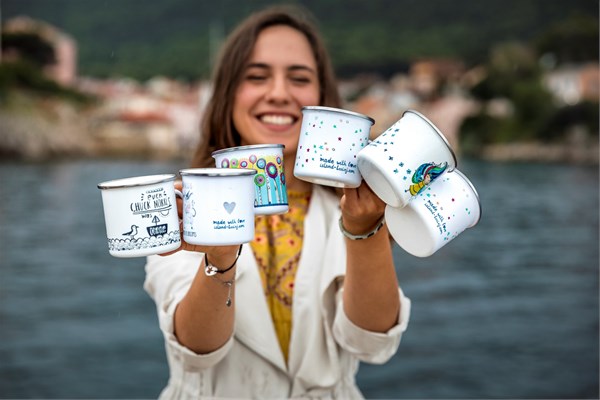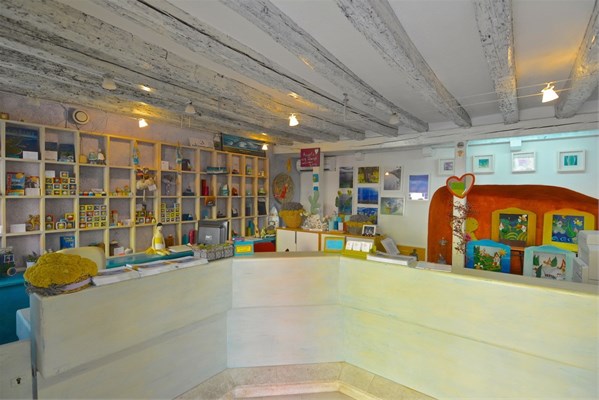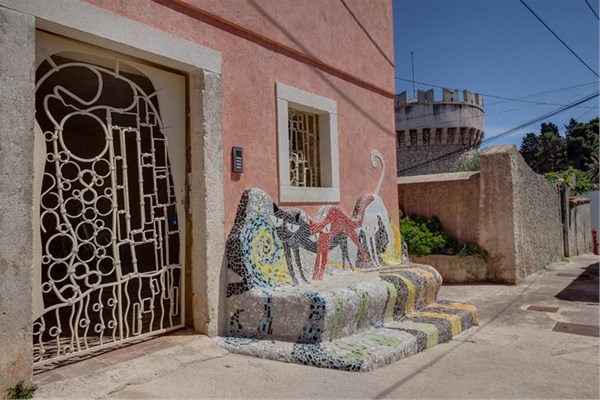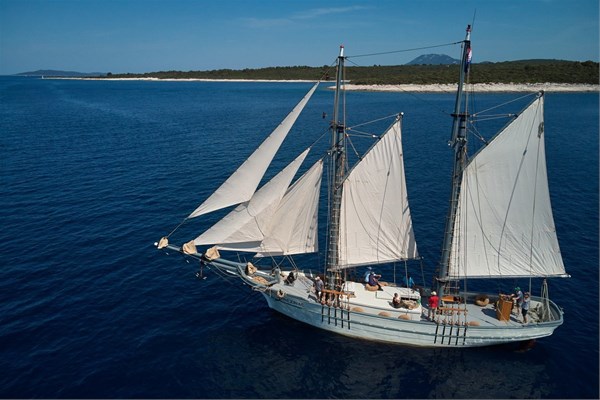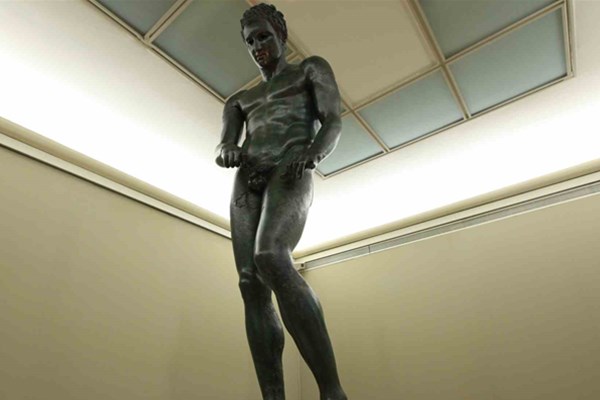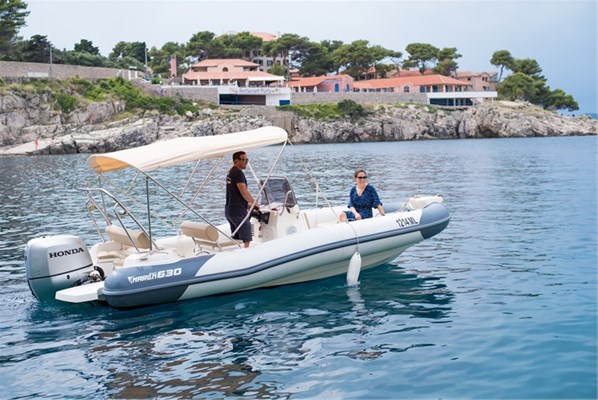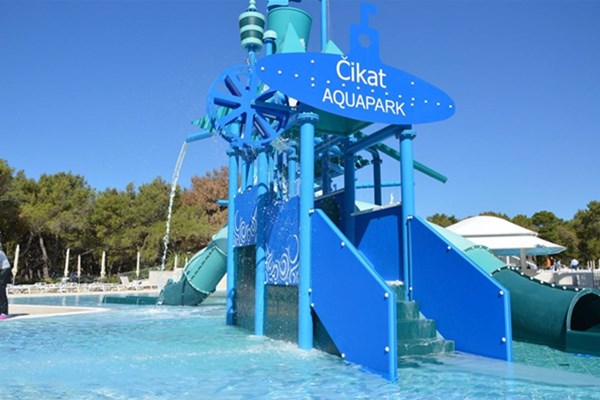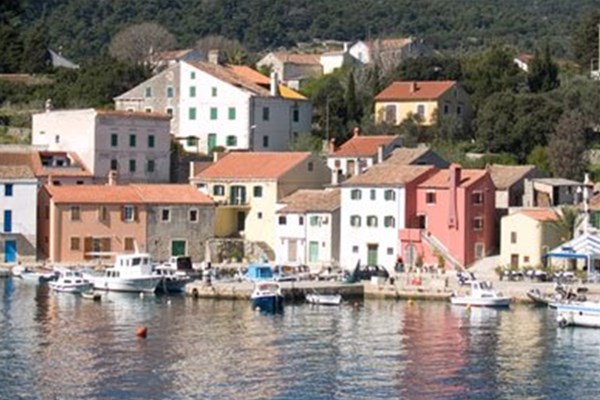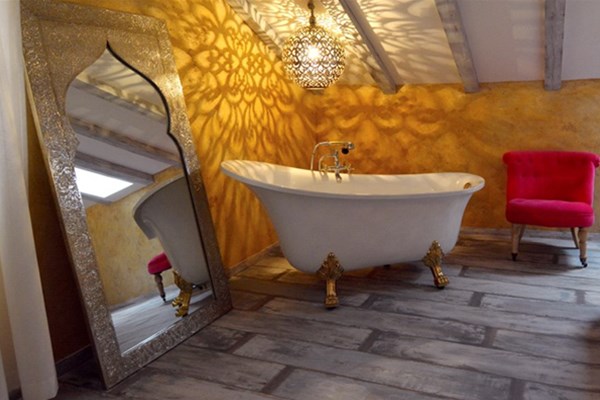Geckos - protected species
Thanks to Jakov Matunci, the gecko is protected species on the island of Lošinj. Geckos are small to moderately large lizards belonging to the family Gekkonidae which are found in warm climates throughout the world. Geckos are unique among lizards in their vocalizations, making chirping sounds in social interactions with other geckos. Geckos are unusual in other respects as well.

Most geckos have no eyelids and instead have a transparent membrane which they lick to clean. A few species have the ability to shoot an irritating liquid out of the end of their tails. Many species have specialized toe pads that enable them to climb smooth vertical surfaces and even cross indoor ceilings with ease. These antics are well-known to people who live in warm regions of the world where several species of geckos make their home inside human habitations. These species (for example the house gecko) become part of the indoor menagerie and are seldom really discouraged because they feed on insect pests.
Most geckos are tan to dark grey, subtly patterned, and somewhat rubbery looking, while others can be brightly colored. Some species can change color to blend in with their surroundings or with temperature differences.
Some species are parthenogenesis, the females capable of reproducing without copulating with a male. This improves the geckos' ability to spread to new islands.
The toes of the gecko have attracted a lot of attention, as they adhere to a wide variety of surfaces, without the use of liquids or surface tension. Recent studies of the spatula tipped setae on gecko footpads demonstrates that the attractive forces that hold geckos to surfaces are van der Waals interactions between the finely divided setae (almost 500,000 Setae on each foot, and each of these tipped with between 100 and 1,000 spatulae) and the surfaces themselves.[1] These kinds of interactions involve no fluids; in theory, a boot made of synthetic setae would adhere as easily to the surface of the International Space Station as it would to a living room wall. Geckos' toes are extremely double jointed, allowing them to overcome the van der Waals force by peeling their toes off surfaces from the tips inward. In essence, this peeling action alters the angle of incidence between millions of individual setae and the surface, reducing the van der Waals force. Amazingly, Geckos' toes operate well below their full attractive capabilities for most of the time. This is because there is a huge margin for error depending upon the roughness of the surface, and therefore the number of spatulae in contact with that surface. If a gecko had every one of its spatulae in contact with a surface, it would be capable of holding aloft a 120 kg man [citation needed].
The family Gekkonidae is divided into five subfamilies, containing numerous genera of gecko species. Many geckos are kept as pets and will eat various kinds of insects and sometimes fruit
The project "SAVE THE SPECIES NEXT TO US" is to raise public awareness of endangered species that live near us, enter our homes and frighten and disgust people, and are threatened. The project is local, but there are plans to make it regional. The intent of the project is to change people's minds. www.gecko-macaklin.com
Geckos are having been included and endangered species by the State Administration of Cultural and Natural Heritage Protection.
There are two species of the gecko: house gecko and wall gecko.
House gecko (hemidactylus turcicus) abide in the countries bordering the Mediterranean and the Red Sea, West Asia. They live in dry areas with gravel and stone walls. They are active at night. Flesh-colored on the lower side, with brown spots and lot of warts, big eyes, vertical pupils, from 8 to 10 cm long. Makes a loud clicking sound when calling to females or fighting other males.
Wall gecko (tarentola mauritanica) abide in the western part of Mediterranean, Dalmatian, the Ionian Island and Crete in the east. They live in dry, sunny and rocky areas. Likes staying in gardens and on houses. Loves the sun. Light-grey, brown or black on the upper side, with several rows of scales, cream-colored on the lower side, stocky and flat, vertical pupils, from 10 to 19 cm long. Lays sticky, soft-shelled eggs; the young hatch only after 120 days. Quite hissing.
Geckos are small lizards of the family Gekkonidae. After a juicy bite they lick their face and eyes clean with their long tongue. Like all the other lizards of this family gecko do not have any eyelids. That is way their impertinent gaze may make you feel uneasy. They can jump great distance and climb vertical surfaces on their unusual legs. Killing geckos is illegal and punishable by low. Lošinj is the geckos home too.
